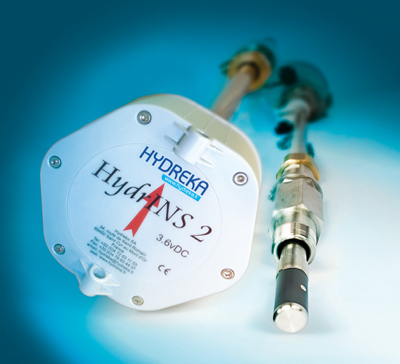How One Community Saved More Than $20 Million By Finding Leaks With Data
Published on by Water Network Research, Official research team of The Water Network in Technology
White House Utility District (WHUD), Tennessee's largest geographic water utility serving approximately 90,000 consumers and businesses, is using data to stem water loss and create savings for its customers.
Detailed in a newly published paper, the District's work began in 2015 with a dilemma: how to meet growing demand for water within the budget and capital constraints faced by municipal and mid-sized utilities everywhere?

Hydreka
Early projections indicated that WHUD might need to invest up to $15 million to $20 million in transmission upgrades and treatment plant expansions to meet its service commitments. Expanded capacity would also mean higher expenses in terms of energy --approximately 30% of the cost of producing water -- employees, chemicals and maintenance.
Rather than launch an expensive construction project, WHUD opted for another route - partnering with OSIsoft, Matchpoint, ESRI and Hydreka to develop a system to pinpoint underground leaks through software and smart meters. The results:
WHUD had an infrastructure leakage index (ILI) of 2.86 in 2012, which meant it was losing approximately 32% of its water through water main leaks.
- In less than four days, WHUD discovered a local stream was a water main leak spilling approximately 147 million gallons a year, or enough for 2,239 homes.
- In two years, WHUD recovered $900,000 worth of water and has been able to drive its ILI down to 1.49, with a goal to continue reducing water loss in the years to come.
- The 'smart meter' approach also allowed WHUD to avoid $200,000 worth of SCADA upgrades and recover $30,000 in employee time and productivity.
- The time needed to prepare reports on potential problems dropped from six hours to ten minutes.
- Perhaps most importantly, WHUD avoided the multi-million capital expansion. WHUD estimates that the interest payments on the bond payments alone would have come to $600,000 per year. WHUD predicts it will not need a major capital expansion until 2028.
Read full article: OSI Soft
Case Study: An Example Set: White House Utility District
Media
Taxonomy
- Water Supply
- Leakage Detection
- Water Supply
- Leakage
- Infrastructure
- Infrastructure Management
- green infrastructure